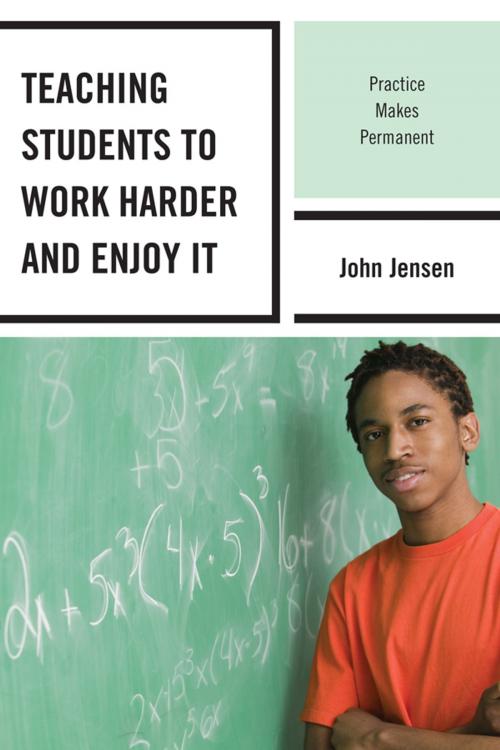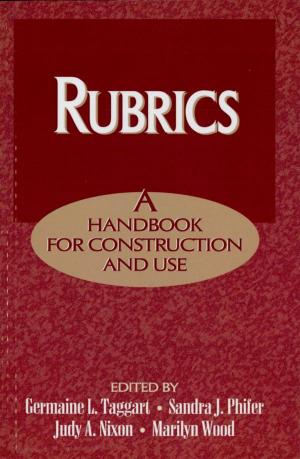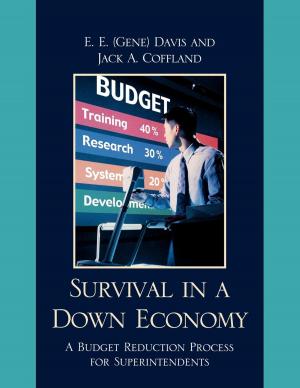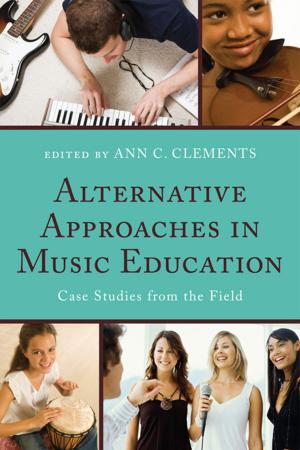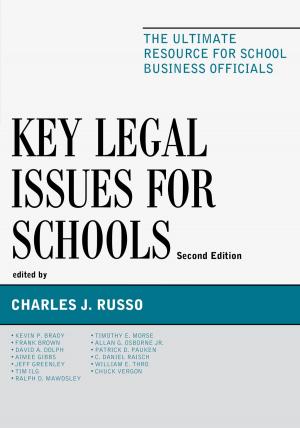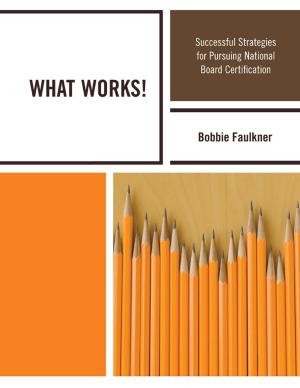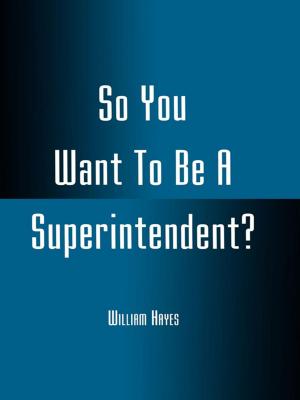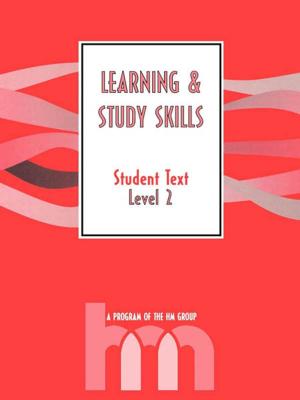Teaching Students to Work Harder and Enjoy It
Practice Makes Permanent
Nonfiction, Reference & Language, Education & Teaching, Educational Theory, Aims & Objectives, Teaching, Teaching Methods| Author: | John Jensen | ISBN: | 9781610487344 |
| Publisher: | R&L Education | Publication: | February 22, 2012 |
| Imprint: | R&L Education | Language: | English |
| Author: | John Jensen |
| ISBN: | 9781610487344 |
| Publisher: | R&L Education |
| Publication: | February 22, 2012 |
| Imprint: | R&L Education |
| Language: | English |
Teaching Students to Work Harder and Enjoy It: Practice Makes Permanent points out a single, fundamental, and easily-corrected flaw that has held back American education for nearly a century—the design of instruction to achieve familiarization instead of mastery. This book explains the psychological dynamics and methods involved in mastery, and how to apply them easily in K-12 learning. A basic insight is that once students have a correct answer to any question, a straight road to its mastery is entirely comprised of practice. Practice continues to “make perfect” in all skill areas including the accumulation of a body of knowledge. Outlined here are the forms of it that enable students to master academic learning perfectly and permanently, as well as become competent with social/emotional skills and alter their behavior. A combination of methods especially valuable for students falling behind can turn classrooms around quickly.
Teaching Students to Work Harder and Enjoy It: Practice Makes Permanent points out a single, fundamental, and easily-corrected flaw that has held back American education for nearly a century—the design of instruction to achieve familiarization instead of mastery. This book explains the psychological dynamics and methods involved in mastery, and how to apply them easily in K-12 learning. A basic insight is that once students have a correct answer to any question, a straight road to its mastery is entirely comprised of practice. Practice continues to “make perfect” in all skill areas including the accumulation of a body of knowledge. Outlined here are the forms of it that enable students to master academic learning perfectly and permanently, as well as become competent with social/emotional skills and alter their behavior. A combination of methods especially valuable for students falling behind can turn classrooms around quickly.
